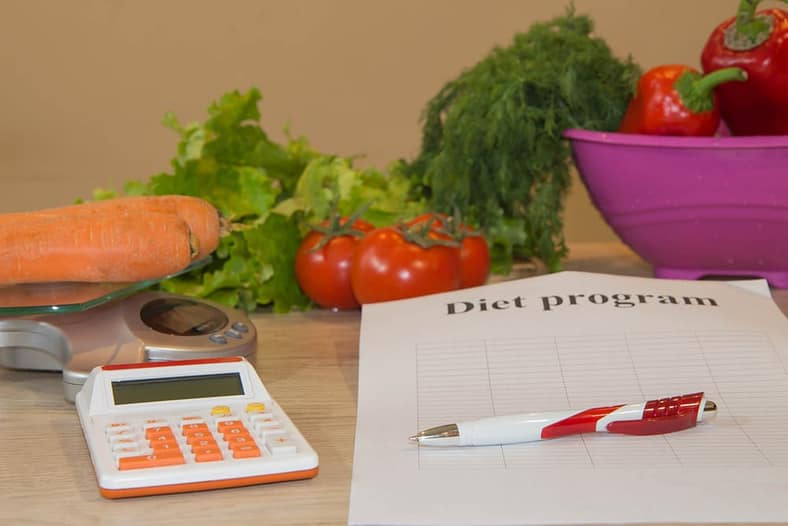

A recent study in the Annals of Family Medicine pitted a very-low-carbohydrate diet against the DASH diet (Dietary Approaches to Stop Hypertension) for adults with hypertension, type 2 diabetes or pre-diabetes, and overweight or obesity. While both interventions led to improvements in HbA1c, systolic blood pressure, and body weight, improvements among the low-carb group were substantially greater, raising the question of whether this approach may be more effective than the DASH diet, which is currently the American Heart Association’s standard of care dietary recommendation for hypertension.
The study involved split across participants into four groups:
- one group on a very-low-carb diet
- one on the DASH diet
- two each of these diets with additional support in the form of email coaching, cookbooks, text messages, and recommendations regarding sleep and physical activity.
The additional support was determined not to have had a significant effect on the outcomes.
For the very-low-carb (VLC) diet, subjects were advised to limit carbohydrate intake to 20 – 35 grams of non-fiber carbohydrates per day with the goal of being in ketosis when measured via urine test strips at least once weekly. The DASH diet called for limiting sodium intake to less than 2,300 mg daily and fat intake to 20% – 30% of calories per day. Participants were advised to eat a variety of fruits and vegetables, fish and lean meats, whole grains, and low-fat dairy.
Both interventions led to improvements in key measurements but larger improvements were observed in the VLC arms. In the VLC + support arm, almost 44 percent of subjects were able to decrease or discontinue medication for hypertension, compared to just 5 percent in the DASH + support group.
If you are faced with hypertension and type 2 diabetes trying a low carb diet may help you better manage your condition and even reduce dependence on pharmaceuticals. Talk to your healthcare provider for a solution that can work for you.
What is a low carb diet?
A low carb diet is one that limits carbohydrates, primarily found in sugary foods, pasta, and bread. Instead of eating carbs, you focus on protein-rich whole foods and vegetables. A low carb diet means that you eat fewer carbohydrates and a higher proportion of protein and fat. This can also be called a keto diet. However, not all low carb diets result in ketosis.
The basics
- Eat: Meat, fish, eggs, vegetables growing above ground and natural fats (like butter).
- Avoid: Sugar and starchy foods (like bread, pasta, rice, beans and potatoes).
Eat when you’re hungry and stop when you’re satisfied. It can be that simple. You do not need to count calories or weigh your food.
Low carb might help settle a grumpy gut, often reducing symptoms of irritable bowel syndrome such as bloating, gas, diarrhea, cramps, and pain. Indigestion, reflux and other digestive issues can sometimes improve, too. For some, this is the best part of going low carb and happens usually within the first few days, or first week, of starting the diet.
So, no counting or food weighing is necessary. You can forget about the calories and trust your feelings of hunger and satiety. Most people don’t need to count or weigh their food any more than they need to count their breathing. If you don’t believe it, just try for a couple of weeks and see for yourself.


